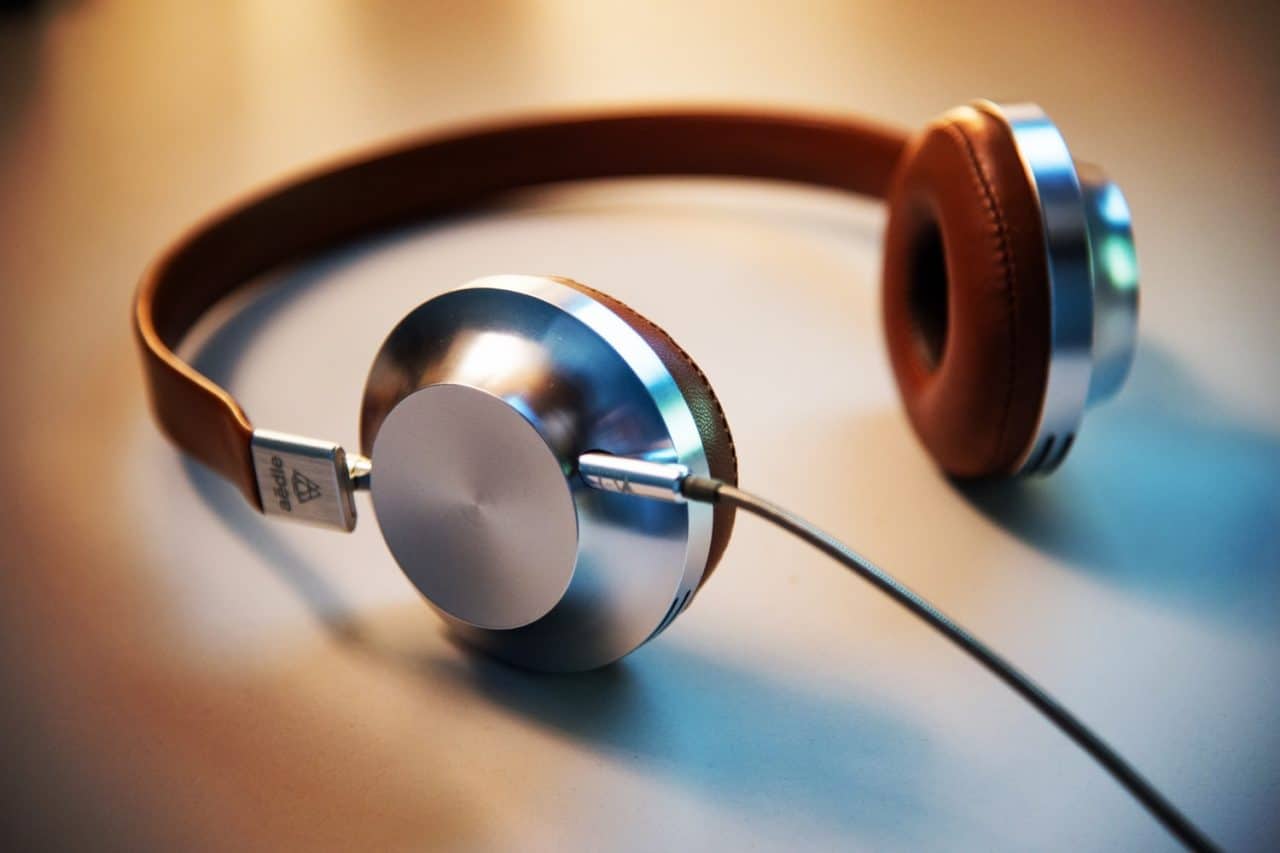It’s truly amazing that in this day and age, you can listen to any song or watch any movie you want with a few swipes of your fingers. However, with great technology comes great responsibility. If you’re not careful with your listening habits, you can permanently damage your sense of hearing.
How Loud Is Too Loud?

Within the inner ears are tiny hair cells called stereocilia, which convert soundwaves into electrical energy that the brain interprets as sound. When dangerously loud sounds pass through the ears, it can damage or even destroy these little cells. Once dead, they cannot regrow, and the result is permanent sensorineural hearing loss.
Any sound over 85 dB can cause permanent damage over time. For context, the National Institute on Deafness and Other Communication Disorders (NIDCD) has provided a list of common sounds and their decibel outputs:
- Normal conversation: 60-70 dB
- Movie theater: 74-104 dB
- Motorcycles and dirt bikes: 80-110 dB
- Music through headphones at max volume: 94-110 dB
- Sirens: 110-129 dB
- Fireworks: 140-160 dB
As shown here, listening to music through headphones can far exceed the threshold for safe listening. At 100 dB, audio playback through your earbuds can cause permanent damage in as little as 15 minutes.
Earbuds Are Not Your Friend
Earbuds are an extremely popular type of headphones for commuters traveling through the Salem Train Station because they are discreet and can easily be tucked into a pocket when you’re done listening.
However, earbuds are dangerous because they deliver sounds directly into the ear canal next to the eardrum, meaning there is no space buffer between the speaker and your delicate hearing system. And because they tend to be inexpensive, their low quality causes users to crank up the volume to hear better over background noise.
How to Protect Your Hearing
Below are our tips for protecting your hearing health:
- Invest in over-ear headphones or, better yet, high-fidelity noise-cancelling headphones. This type of headphones provides more of a buffer for sound and eliminates background noise so you can listen at a safer volume.
- Follow the 60/60 rule, which states that you should listen to music at no more than 60% of your device’s maximum volume for no more than 60 minutes at a time. This gives your ears a chance to rest in order to prevent damage.
For more information or to schedule an appointment, call the experts at Willamette Ear, Nose, Throat & Facial Plastic Surgery today.
Learn More About Hearing
- Improving Communication with People with Hearing Loss
- Does Your Child Need Ear Tubes?
- Helping Your Child Through Their Hearing Loss
“Had a great experience. Got in very quick and felt safe with covid protocol! Everyone was extremely nice.”